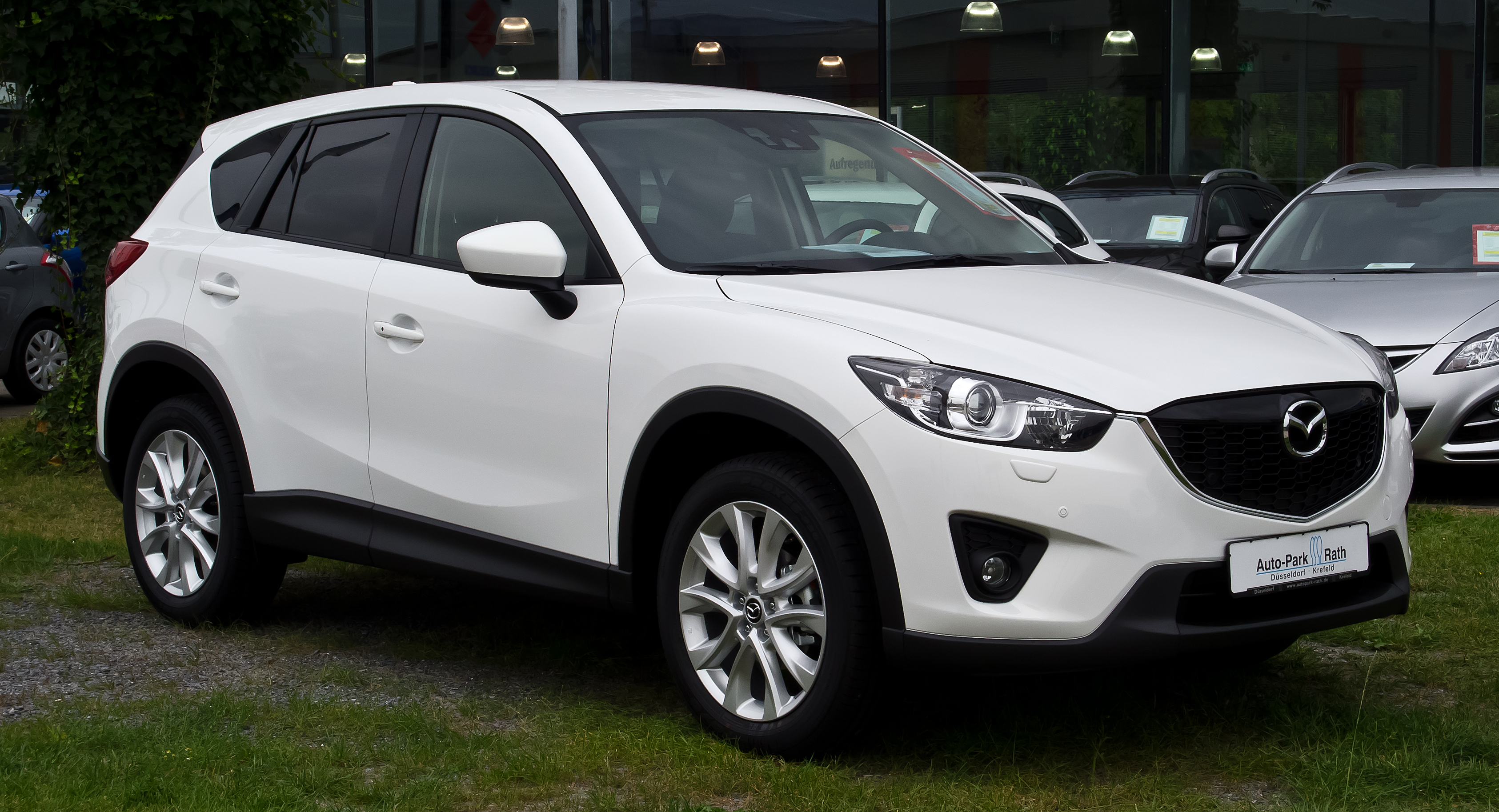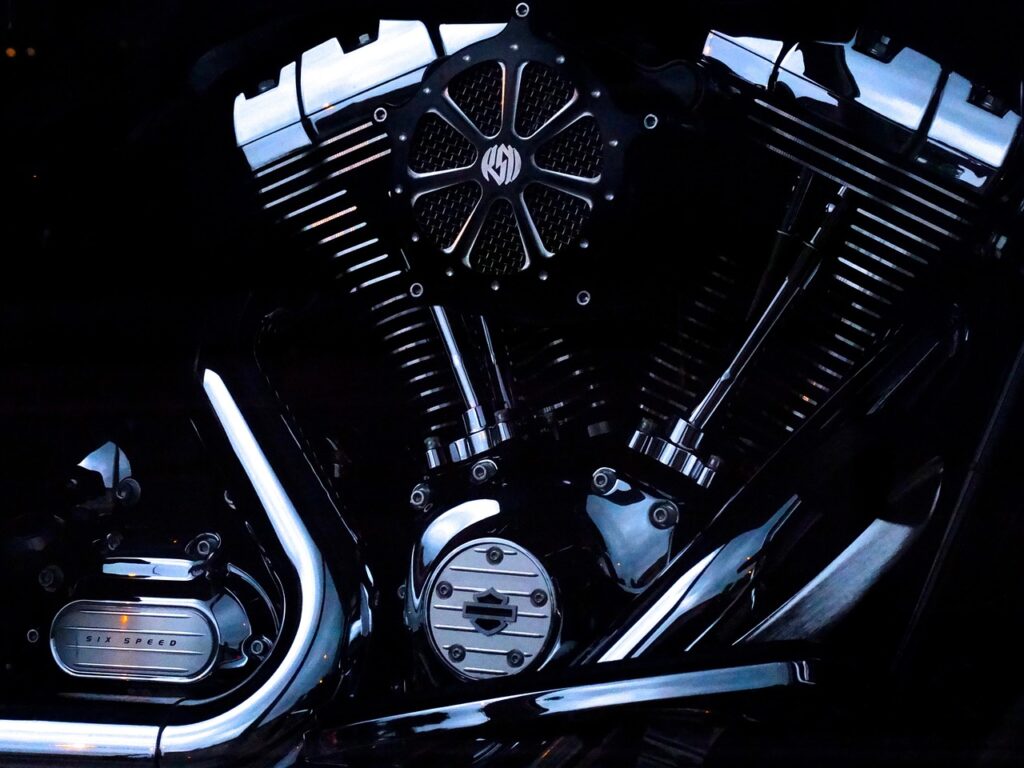The revival of inline-6 engines is transforming the automotive landscape, becoming increasingly popular due to their cost-effectiveness and superior operational qualities compared to traditional V6 and V8 engines.
1. **Cost-Effective Manufacturing**: One of the main reasons inline-6 engines are making a comeback is their cost-effectiveness. These engines feature a single cylinder head and exhaust manifold, unlike the dual setup seen in V6 configurations. This simplification reduces the number of parts and manufacturing complexity, ultimately lowering production costs. Additionally, inline-6 engines require fewer camshafts and have a simpler engine block design, making them easier and cheaper to produce at scale. This cost advantage is significant for automakers looking to maximize their profit margins without compromising on performance.
**Scalability and Modularity**: Inline-6 engines stand out with their impressive scalability and modularity; their design closely resembles that of inline-4 engines, enabling manufacturers to easily interchange parts and enhance production efficiency across different engine models.

**Smoother Operation**: Car enthusiasts appreciate the unparalleled smoothness of inline-6 engines, which achieve natural balance through cylinder alignment, resulting in less vibration and a superior driving experience that luxury brands like BMW and Mercedes-Benz eagerly adopt.
**Enhanced Reliability**: Inline-6 engines are celebrated for their reliability, thanks to their simpler design with fewer moving parts, which minimizes potential breakdowns and wear, making them comparable to durable historical engines like Toyota’s 2JZ-GTE.

**Ease of Maintenance**: Maintenance of inline-6 engines is typically more straightforward than that of V6 and V8 engines, with easily accessible components that streamline servicing and reduce costs, making them appealing to budget-conscious drivers.
6. **Efficiency and Emissions**: Inline-6 engines are often more efficient and produce fewer emissions than their V8 counterparts. With fewer pistons and reduced internal friction, these engines can more effectively convert combustion energy into motion. Moreover, modern turbocharging techniques enhance their efficiency, allowing inline-6 engines to deliver V8-like performance with better fuel economy. This efficiency gain is crucial in today’s market, where environmental regulations and consumer demand for greener vehicles are increasingly important.

**Compact and Flexible Design**: The modern inline-6 engine’s compact design, enhanced by cutting-edge technologies such as integrated starter generators, allows for versatile integration into various vehicles, perfectly balancing performance with space constraints.

8. **An Enthusiast’s Choice**: Beyond their technical merits, inline-6 engines offer a unique driving experience that resonates with car enthusiasts. Many drivers appreciate the distinct sound and feel of these engines, which is often preferred over smaller, less charismatic configurations. Brands like BMW and Mazda are capitalizing on this appeal by offering inline-6 engines in performance-oriented models, attracting enthusiasts who value driving pleasure as much as performance statistics.

The inline-6 engine’s resurgence is more than a nostalgic nod to the past; it’s a testament to its inherent advantages in modern automotive engineering. As automakers continue to innovate, the inline-6 configuration is poised to become a staple in the industry’s quest for balance between performance, efficiency, and cost-effectiveness.

As we dive deeper into the fascinating world of inline-6 engines, we uncover a myriad of innovative applications and examples that showcase their versatility and appeal in today’s automotive landscape. These engines are not just surviving but thriving, adapting to the modern demands of performance, efficiency, and sustainability.

**BMW’s B58 Engine**: A stellar example of inline-6 advancement, BMW’s B58 engine showcases technological prowess by combining a turbocharger with an innovative Valvetronic system, ensuring efficiency and responsive power in popular models like the Z4 and Toyota Supra.

10. **Mercedes’s M256 Engine**: Mercedes-Benz has made significant strides with its M256 engine, utilizing an integrated start-generator to deliver an electric boost at low RPMs. The inclusion of an electric supercharger, capable of 6 psi of boost, further eliminates turbo lag, making the driving experience smooth and powerful. This innovation highlights how inline-6 engines can seamlessly blend traditional engineering with modern technology.

**GMC’s Duramax Diesel**: GMC’s inline-6 Duramax engine shines in the diesel category, where its high compression ratio and fuel efficiency demonstrate the power and durability of the inline-6 configuration in heavy-duty applications.

12. **Land Rover’s Ingenium Series**: Land Rover’s Ingenium series leverages inline-6 engines in mild-hybrid setups, illustrating their adaptability in luxury and off-road vehicles. These engines are designed to offer both performance and environmental friendliness, aligning with Land Rover’s commitment to sustainability without sacrificing the power its customers expect.

**Mazda’s New Inline-6**: Mazda is making waves in the inline-6 market with its upcoming engine, set to be available in diesel and SkyActivX petrol versions, signaling a bold shift from previous V6 models and a commitment to premium performance.

14. **Toyota’s Supra Revival**: Toyota’s decision to revive the legendary Supra with an inline-6 engine speaks volumes about the enduring appeal of this configuration. Built by BMW, the engine provides the Supra with the performance and refinement that the iconic model demands, showing the collaborative potential between automakers in optimizing the inline-6 setup.

15. **Genesis GV80**: The Genesis GV80 SUV, featuring an inline-6 in its diesel variant, represents the growing interest in this engine type among luxury car manufacturers. The engine’s design not only offers impressive power but also complements the sophisticated aesthetic of the Genesis brand, making it a formidable competitor in the luxury SUV market.

The inline-6 engine is clearly establishing its place in the modern automotive industry, effectively merging performance, efficiency, and innovation, and is perfectly poised to bridge the gap between traditional combustion engines and the future of electrification.
Related posts:
The Inline-6 Engine Is Making A Comeback: Here’s Why
Resurgence of the inline six-cylinder engine: Why Toyota Supra, BMW M3, Genesis GV80 and many others are choosing the straight-six – Car News
sixes are keeping the layout alive








